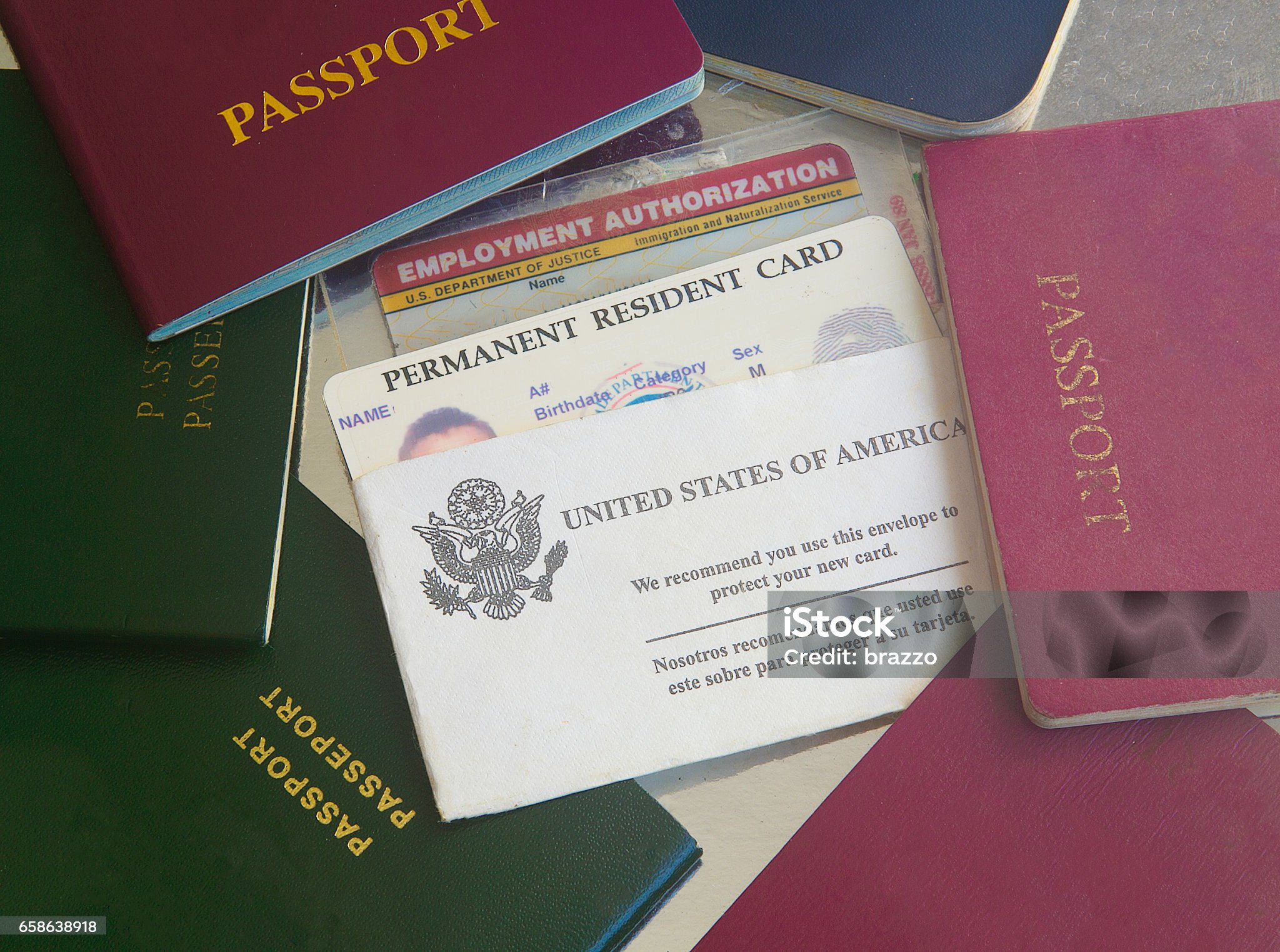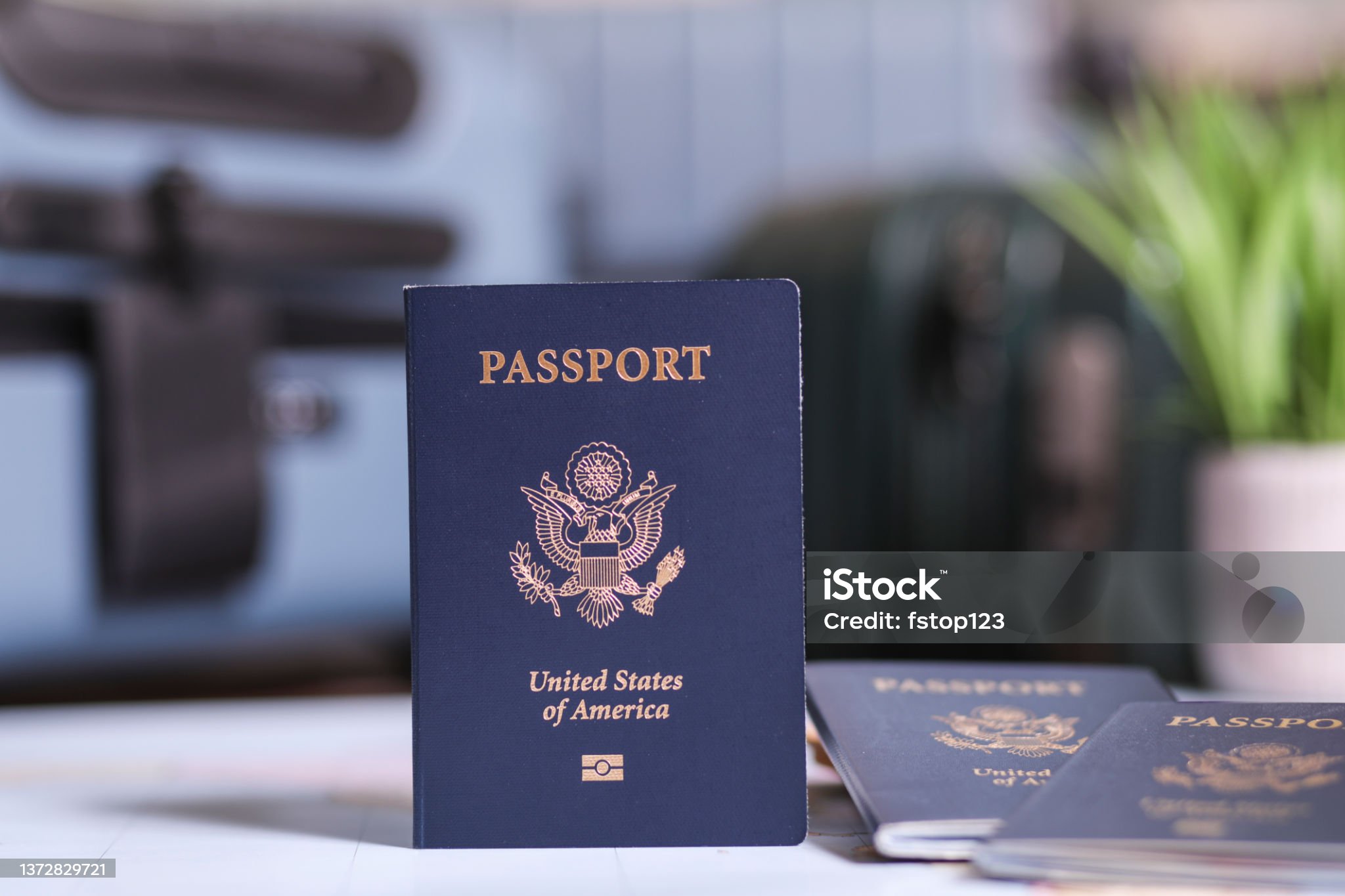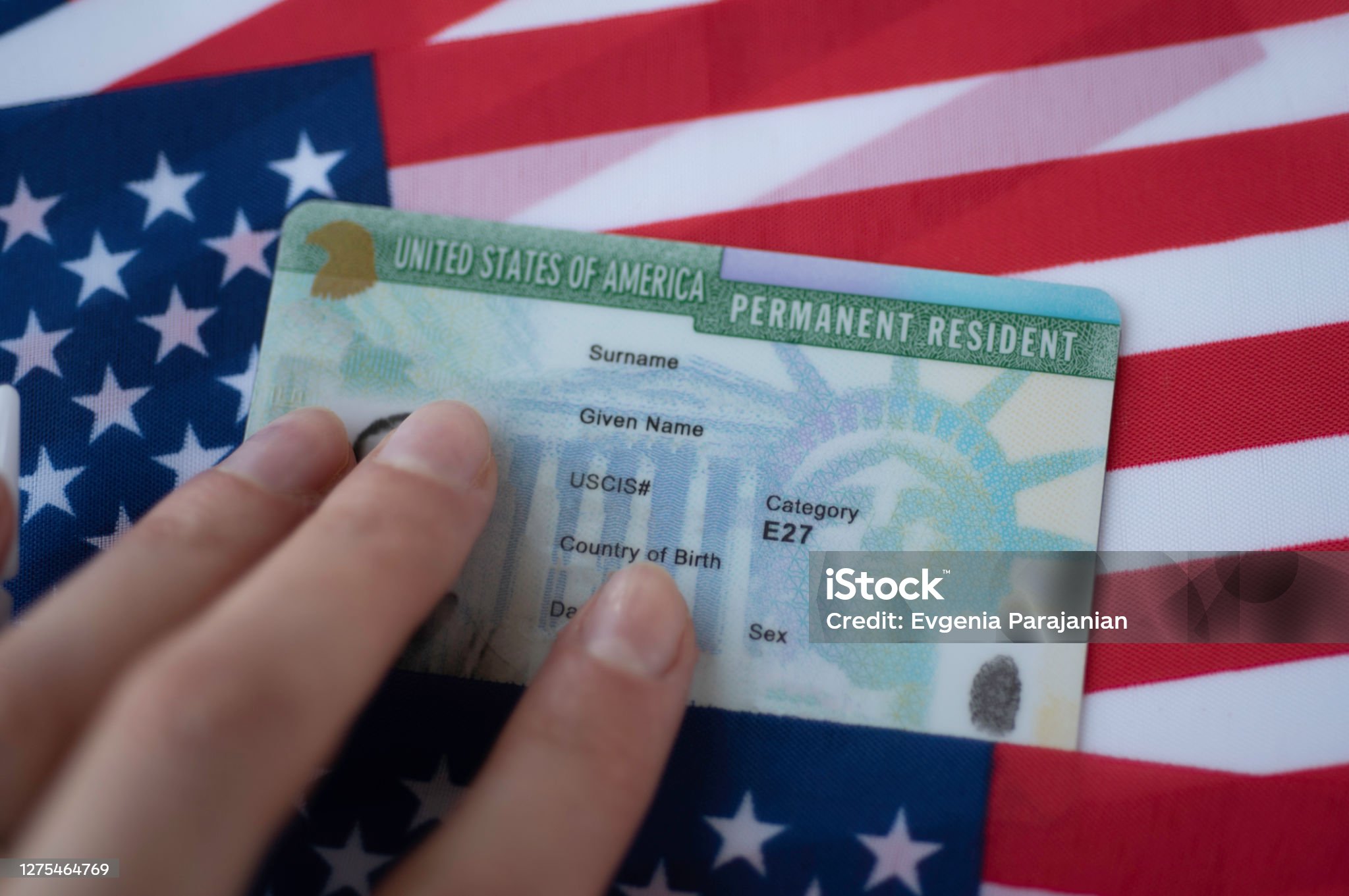
1. Introduction to Identification Documents
Personal identification documents are crucial for both individuals and society. They act as "permissions" and "access passes," allowing society to operate seamlessly when they are widely accessible and recognized. There are different kinds of identification documents, and each of them signifies a particular aspect. For example, a driver's license is considered valid proof of the right to operate a car, while a copyright verifies citizenship and facilitates international travel. Such documents hold significant personal importance and facilitate transactions such as employment, services, insurance acquisition, and car rentals. Many times, financial institutions might request to review these documents if the borrower appears unreliable or does not have a very strong credit history. Such identification serves dual purposes: proof of identity and legal authorization for various activities.

Identification documents have not always been an essential part of daily life, as they are today. Their significance has increased over time due to shifts in legal and security frameworks. Technological advancements enable organizations to develop advanced secure systems that outpace public ID technology. Numerous nations are adopting biometric technology to standardize identification cards. A few countries have already put electronic exit systems into practice.
Personal identification documents represent an individual's legal confirmation of identity. Globally recognized identification forms, such as passports, copyright, copyright, and driver's licenses, are accepted worldwide as proof of identity at both local and international scales. Many people store their identification documents securely under lock and key and ensure quick access to them when required.
In this discussion, we delve into the legitimacy and importance of documents such as the IDP, Real ID, copyright, copyright, copyright, and resident permits, aiming to enhance public awareness of their necessity. Both educators and the public should be familiar with these documents, as this information could prove valuable in safeguarding or recovering lost documents. This information is provided for both local and international audiences to make sure they have the most important documents for their needs and understanding.
2. Laws and Regulations Pertaining to Identification Documents

The governance of identification documents depends on jurisdiction-specific laws and rules. These documents are provided to individuals through authorized issuing entities in accordance with rules designed to maintain their integrity. In some cases, identification documents may be required, but in other instances, they are used as optional verification or validation. The individual must comply with the regulations for the jurisdiction where the document is intended to be used. In summary, it is important for individuals to be aware of the specific legal guidelines relevant to them in any jurisdiction where they plan to engage in transactions or utilize these documents. Primarily, local and state government bodies regulate, issue, and control the use of certain identification documents for particular transactions.
The varying requirements of each jurisdiction and reasons for identification documents, may clash with the necessity for international travel and business operations. Thus, it is a widespread issue when travelers struggle with unfamiliar identification regulations across countries. While it is impractical to list the identification rules for every country here, it is crucial to recognize that with almost 200 nations and billions of people interacting, understanding the rules is important for global travel and commerce. By not following the rules, individuals could violate another country's laws, and that is where the rules of reciprocity and international legality must be applied. Noncompliance can have civil and possibly criminal legal implications as it violates laws, including laws about identity, privacy, trade, commerce, and human rights.
Public policies and protected rights may conflict when setting security rules for travel identification documents. That is, human rights can be at odds with public policies that demand strict identification measures to prevent terrorism. Finally, within the last five years, with the rise and acceptance of digital mobile driver's licenses, countries have been clarifying or drafting new laws and regulations to govern their use, which remains an evolving area. Digital identification documents for travel are being considered as the future direction for global travel management. Despite the shift towards mobile driver’s licenses, the use of passports is expected to persist well into the future.

Both the standardization and evolution of digital IDs and mobile driver licenses are progressing as well. Take California as an example: roughly two years after the state passed its mobile copyright legislation, stakeholders are nearing agreement on the formal regulations for California's first mobile copyright.
3. A Comparison of International Driver’s License, Real ID, copyright, copyright, copyright, and Resident Permit
The International Driver’s License is a document issued for people traveling internationally to drive legally. The International Driver’s License was not created by the United Nations or any international NGO to enable inter-state travel.
The Real ID is intended to be a widely accepted identification for domestic travel, along with state-issued driver’s licenses and IDs that resident permits meet federal standards. The Real ID can also be used for entry to federal facilities and nuclear power plants. It is important to note that the Real ID is not a substitute for travel documents like passports, visas, or resident permits. Though some people may use it abroad as an identification and date of birth document, the Real ID is primarily intended for domestic use.
In the United States, passports are recognized as a primary identification document, unlike other derived forms of ID. A copyright is primarily used as a tool of foreign diplomacy; it was made to protect citizens from arrest or to help them travel and attend non-obligatory meetings to negotiate treaties or other matters of common concern. This is the copyright’s formal and administrative role. Of course, the copyright has bureaucratic as well as personal applications. In order to travel abroad, especially across state borders, but in some states inter-regionally, the traveler must not only be fit to carry a copyright but also meet many other requirements.
The copyright is a record issued at the time of birth and is used as a means to obtain a copyright and other forms of identification. When comparing the two, it seems that both a copyright and a copyright serve the same fundamental purpose. However, a copyright offers continued benefits. Additionally, while a copyright is necessary to get a copyright, it never directly leads to acquiring a “second copyright”. A copyright does not influence the acquisition of a second copyright unless the individual plans on obtaining an illegal second nationality.
4. Security Features and Anti-Fraud Measures in Identification Documents
Several security measures are employed to safeguard against fraud, counterfeiting, and unauthorized tampering of identification documents. Many identification documents integrate security elements like holographic images, multi-layer visuals, and laser engravings to prevent fraud. Other cards may contain an embedded RFID chip with a stored digital image and other biometric information.
A number of these security components are covert or semi-covert, including techniques such as special ink designs, watermarks, or microtext. Such security features are designed to make identification documents highly resistant to counterfeiting.

In general, the level of security of an copyright must align with the degree of trust needed for its use. copyright security features, for example, need not be as robust as those on a copyright, since the copyright is used for travel and the copyright is used mainly domestically.
Advances in technology have led to the development of sophisticated ID document security features. It is important to continuously implement and update security features and issuance methods to outpace counterfeiters and fraudsters.
Additionally, constantly assessing existing and new security features and issuance techniques is critical. This ensures that these features stay ahead of evolving threats that could undermine document security.
Furthermore, an effective anti-fraud document security program should focus on proactive as well as reactive strategies. Proactive measures might include training programs, public information efforts, security seminars, and public service announcements.
5. Conclusion and Future Trends in Identification Document Technology
This document takes a global look at some of the many variants of identification documents in the world. Identification documents must be examined from a technical angle, including security features and verification, as well as from a legal viewpoint concerning their legitimacy in courts.
My research shows different attitudes to the way a good document might be and how the value of the verification tool is variable according to the circumstances of where the document should be used. Additionally, ethnographic research could offer insight into how different cultures define what constitutes a reliable identification document. Comparison studies also reveal that legitimacy standards for identification documents can vary across nations with similar socio-political and economic structures.
The future of identification documents is undergoing significant change, driven by advances in digital technology. Technology is continuously boosting the CV and service offering of standard secure documents such as eIDs to follow the adoption of mobile phones. The main landmarks in this new convergence include biometrics and blockchain technology, particularly for distributed ledger use.
Biometrics and its “liveness” function will capture biometric data during direct interaction with the enrolling authority, ensuring identity accuracy and reducing the risk of digital identity fraud. It will go beyond our basic human rights recognized by international law and several constitutions. Access to this biometric data must be carefully protected and based on the person’s consent.

The spread of digital identity can also lead to issues related to exclusion. Many people do not have the means to access digital identities, which can be problematic. A so-called “identity gap” is being discussed as a result of technology, which has created disparities in access to identity verification for different areas of life.
Digital identity systems should be more systematically compared with physical identification documents. Besides verifying identities, digital identity systems also play a role in evaluating risk for a range of transactions. Further research is needed to examine how the rights associated with offline identification verification can be extended to digital identity scenarios.
Comments on “Thorough Review about Identity Verification Documents and Legal Standards alongside Emerging Trends in Digital Identification Documents”